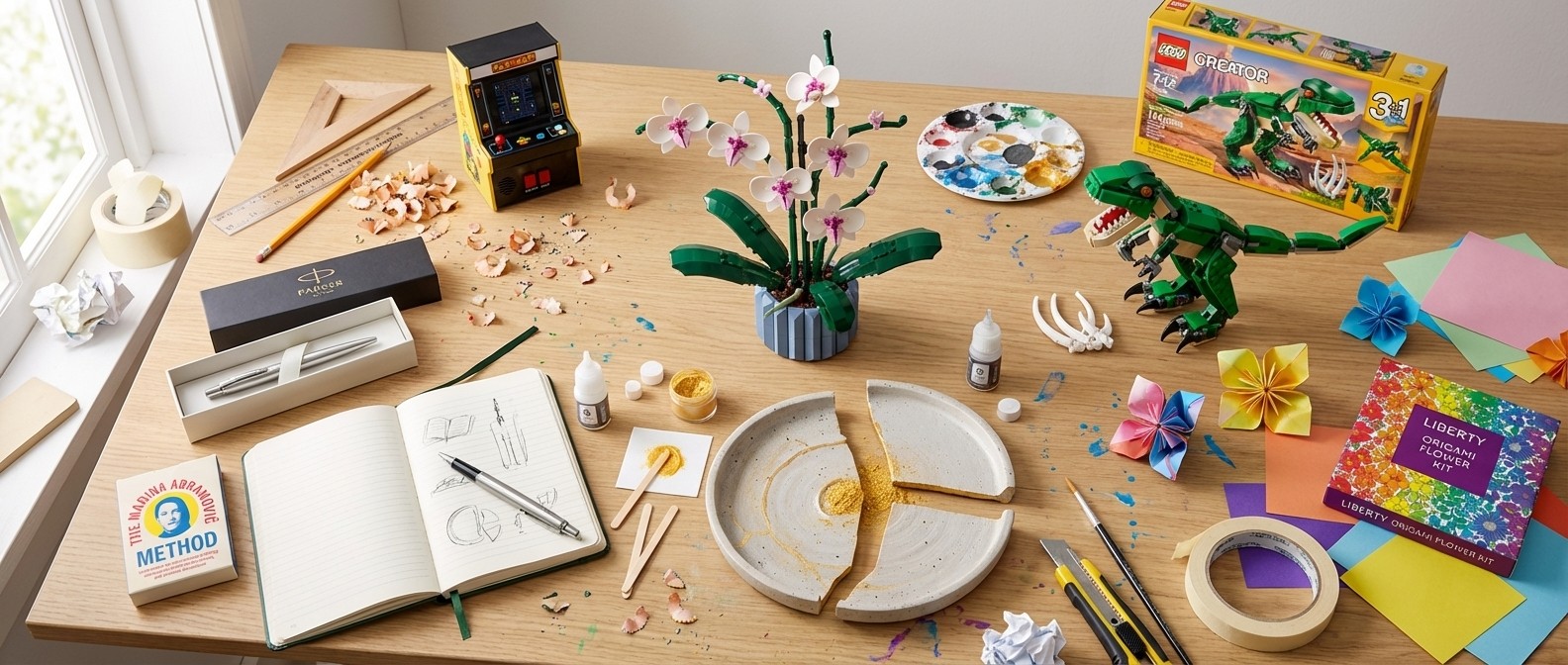Every month there seems to be another animation festival, and every month the same few films seem to get dozens more nominations and awards. But how do they selected for such events – and is the right kind of work really being rewarded?
One of the biggest and most influential festival is the Computer Animation Festival at Siggraph, the annual gathering of global CG and VFX artists. We spoke with some of those whose work was selected this year to find out more...
The wow factor
"I think the majority of the work chosen for animation festivals are projects that make anyone in this industry go 'wow'," says Rick Thiele of Red Knuckles. That was clearly the case with his studio's CG short Dark Noir, with a storyline crowd-sourced by Facebook fans worldwide.
But other, less headline-grabbing work can get missed. "Personally, I wish more student films would be chosen; the underdogs who don't have a massive studio and infrastructure behind them, but still manage to produce very strong and influential animations," he adds.
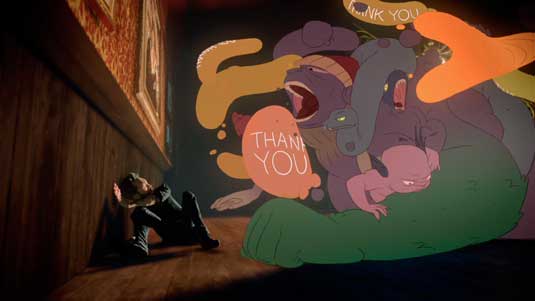
Siggraph makes a point of honouring student work of course, such as Jinxy Jenkins and Lucky Lou, made at Ringling College of Art and Design, which won Best Computer Animated Short. Michael Bidinger, who co-directed the film with Michelle Kwon and is now interning at Pixar Studios, was obviously pleased.
"For the industry, awards are a big influence in what gets watched and what gets taught," he says. "They can shape the future of what's created."
But he feels it's important they're selected for the right reasons. "It's not a good thing if the judging criteria for Best in Show awards become 'Most Obvious Three-Act Structure' or 'Most Conventions Broken'."
Daily design news, reviews, how-tos and more, as picked by the editors.
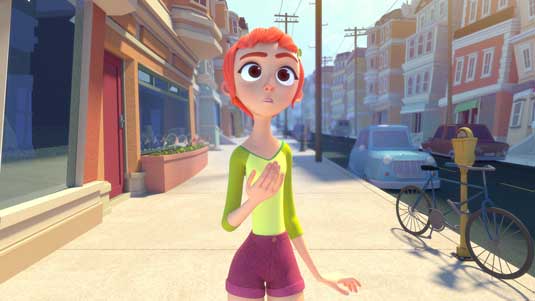
Michael also feels some festivals put too much emphasis on the technical side. "The work I like to see rewarded are those films that take chances with honest intent," he says.
"There's a lot of work out there meant to push limits – but not in the technical aspects. There's so much experimental animation that goes unrecognised because it's not 'industry standard', or up to par with feature animation aesthetics. But I think everyone responds well to stories and films with heart, no matter what they look like."
Foolproof formula?
Not all festivals have the same selection criteria either, and there's certainly no foolproof formula for getting shown.
"Despite winning Best in Show at Siggraph, my film 'Citius, Altius, Fortius' didn't even get invited to a lot of other festivals," points out German animator Felix Deimann. "In my opinion there's always a little luck involved."
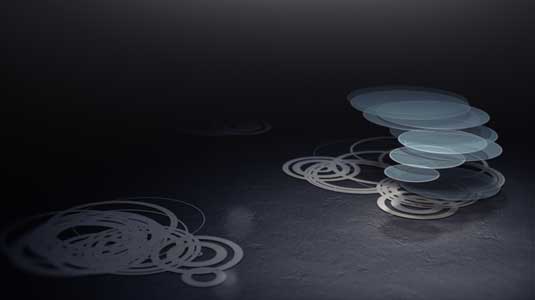
It's also worth doing some research to find out what kind of work a particular festival favours.
"Certain creative categories don't appreciate the kind of work we do, while others, more technical and visual-oriented ones, love it," reveals Alex Sándor Rabb, MD of Digic Pictures, which created the Assassin's Creed Unity trailer, winner of the Best Game award.
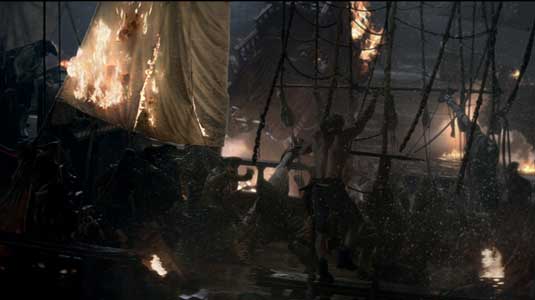
"We know that our work is usually not about a great creative idea but about how we visualise and tell a story," Alex adds. "Our intention is to attach viewers to the characters, and get an emotional response."
Festival opportunities
If entering festivals sounds like a lottery, it can pay huge dividends. "For me personally, festivals and awards have been a huge help," says Felix. "I've had the opportunity to travel to great places and meet a lot of great people. For young professionals like me it's a good way to get connected with people from the industry."
There's nothing like the buzz of getting your film screened at an event of your peers, let alone winning a prestigious award. "Awards represent the audience," says Pierre Jury, one of four directors of L3.0, a charming film about a lonely robot made at animation school ISART Digital. The short won the team Best Student Project at Siggraph.
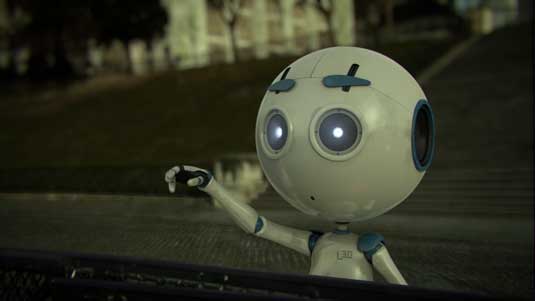
"Winning one means a lot to us because it shows that people liked the film," says Pierre, before adding: "This is probably the best award in the world!"
While awards can be a nice 'icing on the cake', though, they shouldn't be mistaken for the cake itself. "It's always nice to have the work recognised in a formal scheme," says Pablo Grillo, Framestore's animation supervisor on Paddington, which won Best Live Effects for a Live-Action Feature Film at Siggraph. "But while awards can be seductive they're to be taken with a pinch of salt.
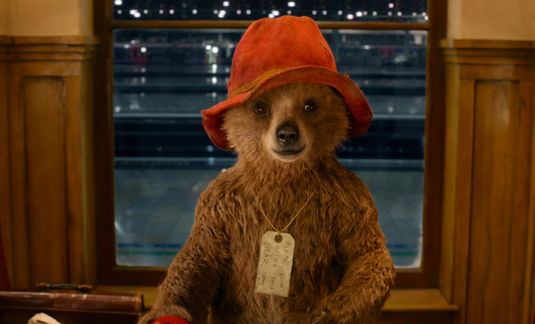
"So many pieces of work in 'competition' deserve merit for different reasons and there's often such a diversity of great work that it's hard to single any one piece out.
"For me the real reward comes from the experience of doing the work and sharing that experience with the crew."
Like this? Read these
- The 12 best animations of the past 20 years
- Free Photoshop brushes every creative must have
- Hands-on review: Adobe After Effects CC
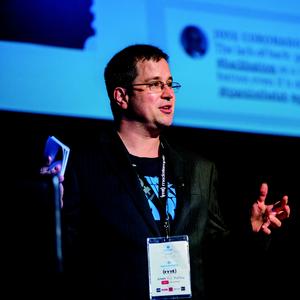
Tom May is an award-winning journalist specialising in art, design, photography and technology. His latest book, The 50 Greatest Designers (Arcturus Publishing), was published this June. He's also author of Great TED Talks: Creativity (Pavilion Books). Tom was previously editor of Professional Photography magazine, associate editor at Creative Bloq, and deputy editor at net magazine.
